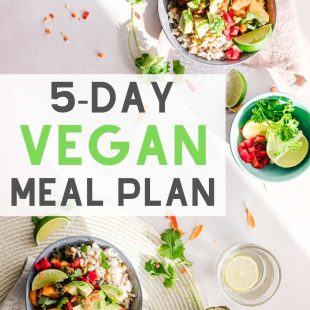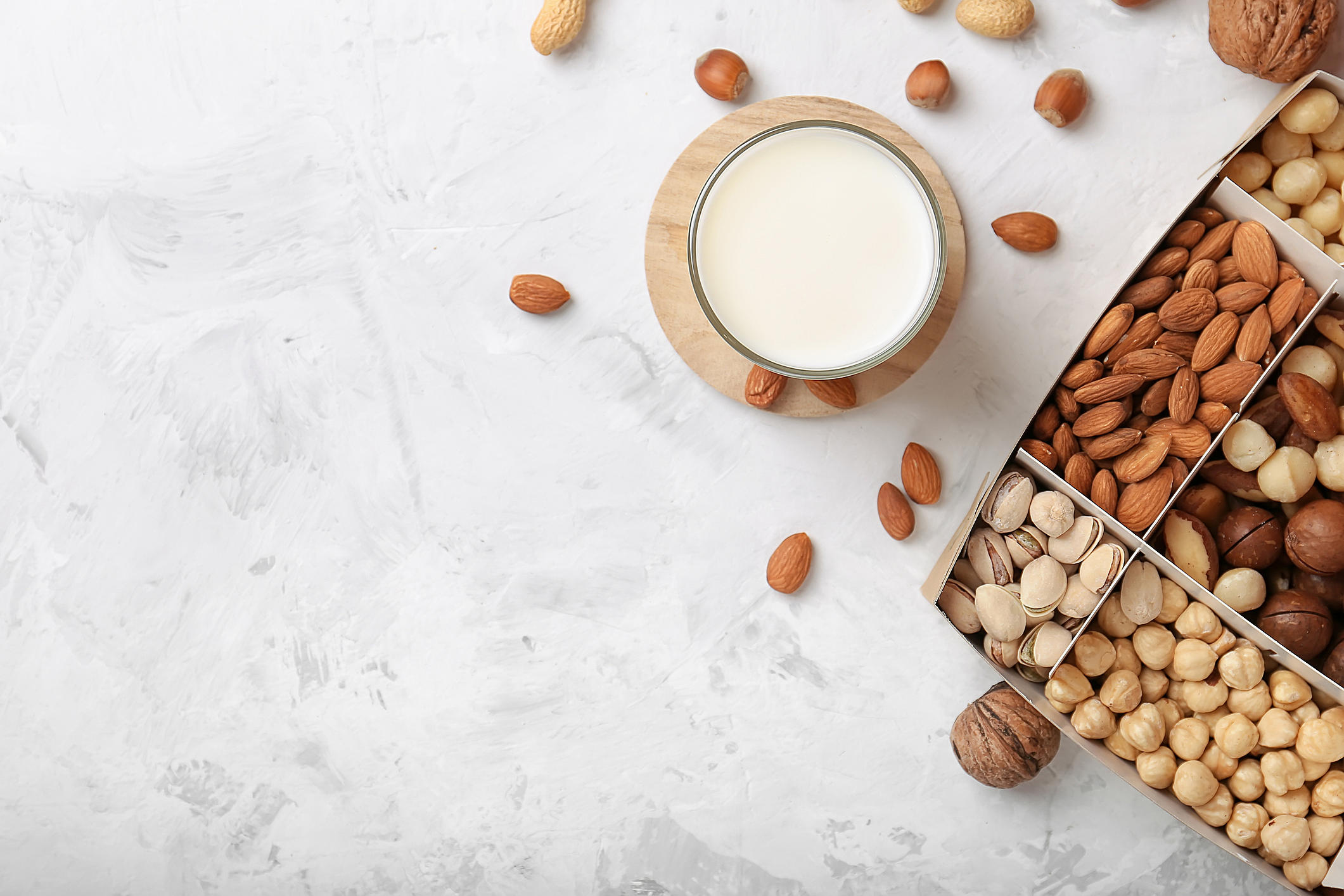
Chickpeas provide a high amount of protein and fibre, as well as being a low-fat, nutrient-rich food. They can add flavour and substance to many dishes, including soups, stews, and pasta. They can be added to a wide range of desserts and snacks for a delicious vegetarian treat.
Whether you have a can of chickpeas in your pantry or are looking for a recipe to use up some leftovers, here are 21 of our favorite vegetarian recipes. From a classic chickpea hummus to vegan chocolate hummus, the recipes below have it all!
Middle Eastern Chickpea stew in one pot: This simple, wholesome dish is vegan and gluten-free. Over quinoa, basmati rice or other plant-based grains you can make a satisfying meal.
Easy and Healthy Vegetarian Frittata: This savory vegetarian frittata is a quick weeknight dinner that's packed with protein, topped with veggies and served with a zesty lemon-parsley vinaigrette. It makes a delicious appetizer or snacks with toasted toast.
Mashed Chickpeas are a delicious and healthy vegan alternative to canned tuna. They're also easy to prepare! You can make mashed chickpeas by blending a canned chickpeas with water.

Roasted Chickpeas. These crunchy, roasted and salty snackable Chickpeas taste great on their olny own. You can toss them into soups and grains bowls as "croutons", or make them into a high-protein and nut-free staple for lunchboxes! Also, you can sprinkle them on your salad to add a little extra crunch. They are also high in protein.
Chickpeas with Chili and Spice in the Air Fryer are a light, crunchy way to add a little spice to your soups or grains. They also make a delicious salad topping. This is a convenient and healthy snack, which will appeal to both adults and children.
Healthy Hummus: A creamy, smoky and lemony hummus that only requires a few simple ingredients is a healthy and easy snack. It's delicious and pairs well with pita chips, vegetables, or both!
Dark Chocolate hummus: A healthy twist on the classic hummus, this chocolatey hummus contains maple syrup, cocoa powder, and is chock-full of flavor. It's a perfect snack to grab in the morning or as a tasty dessert!
Chickpea Salad Spicy Chipotle Cilantro. This chickpea dish is an easy way to include more vegetables into your diet on a hectic day. It's a fast and easy vegetarian meal that you can make in under 20 minutes!
Vegan Caesar Dressing: The secret to the best vegan Caesar dressing is in the base. This quick and easy recipe replaces parmesan, mayo, and anchovies with a delicious and satisfying hummus that's packed with protein and healthy fats.

Chickpeas are used to make a creamy, rich sauce for this vegan version of a classic Mexican dish. This sauce is also delicious on tortilla wraps as a quick vegetarian lunch.
Oven-Roasted Green Salad: This tangy and refreshing Mediterranean-inspired green salad is a healthy, plant-based recipe that's easy to make. It features a light lemon-parsley vinaigrette that's both tart and fresh!
Hot Honey Chickpea Bowls. These vegan-friendly sweet and savory salads include a creamy, hot honey dressing that is great for topping vegetables. These salads are also a great way to sneak in more fruit and veggies into your diet!
FAQ
Do I need to count calories
It is possible to wonder "what the best diet is for me?" or "is counting calories necessary?" It depends on several factors such as your current health, personal goals, preferences, and overall lifestyle.
The Best Diet For Me - Which One Is Right For You?
The best diet for me depends on my current health status, my personal goals, my preferences, and my overall lifestyle. There are many diets available, some good and others not so good. Some diets work for some people, while others are not. What can I do to make the right choice? What can I do to make the right decision?
These are the questions that this article attempts to answer. It begins with an overview of the different diets today. The pros and cons of each diet are then discussed. We'll then discuss how to choose which one is best for you.
Let's begin by briefly reviewing the different types and diets.
Diet Types
There are three main types: low fat, high proteins, and ketogenic. Let's talk about them briefly.
Low Fat Diets
A low fat diet reduces the amount of fats you eat. This is accomplished by decreasing the intake of saturated fats like butter, cream cheese, and other dairy products. They are replaced by unsaturated fats such as avocados, olive oil, and cream cheese. For those looking to lose weight quickly, a low fat diet is often recommended. This type of diet can lead to constipation and heartburn as well as indigestion. It can also lead to vitamin deficiencies, if someone doesn't get enough vitamins in their food.
High Protein Diets
High protein diets discourage carbohydrates and encourage the use of proteins. These diets usually have higher amounts of protein than other diets. They are meant to help build muscle mass and burn more calories. One problem is that they may not provide adequate nutrition to someone who needs it. They may also be too restrictive and not suitable for everyone.
Ketogenic Diets
The keto diet is also known as the keto diet. They are high-fat and low in carbs and protein. They are typically used by athletes and bodybuilders because they allow them to train harder and longer without getting tired. They do require strict compliance to avoid any side effects like fatigue, headaches, nausea, and headaches.
What are the 7 tips to have a healthy life?
-
Be healthy
-
Exercise regularly
-
Rest well
-
Drink lots of water
-
Get adequate rest
-
Be happy
-
Smile often.
What are the ten best foods to eat in America?
These are the 10 best foods you can eat:
-
Avocados
-
Berries
-
Broccoli
-
Cauliflower
-
Eggs
-
Fish
-
Grains
-
Nuts
-
Oats
-
Salmon
What is the difference between a virus and a bacterium?
A virus, a microscopic organism that can not reproduce outside of its host cells, is called a virus. A bacterium (or single-celled organism) reproduces by splitting itself into two. Viruses measure only 20 nanometers in diameter, but bacteria is up to 1 millimeter in size.
Viruses are spread via contact with infected bodily liquids such as urine, saliva, semen and vaginal secretions. Bacteria are often spread via direct contact with contaminated surfaces and objects.
Viruses can get into our bodies through cuts and scrapes on the skin, bites or other injuries. They can also penetrate the nose, lips, eyes and ears, vagina,rectum, or anus.
Bacteria can enter our bodies through wounds, cuts, scrapes, burns, insect stings, or other breaks in our skin. They can also be introduced to our bodies by food, water and soil.
Both viruses and bacteria can cause illness. But viruses do not have the ability to multiply within their hosts. They only infect living tissues when they cause illness.
Bacteria can grow in their hosts and cause disease. They can spread to other parts of our bodies. That's why we need antibiotics to kill them.
Statistics
- WHO recommends reducing saturated fats to less than 10% of total energy intake; reducing trans-fats to less than 1% of total energy intake; and replacing both saturated fats and trans-fats to unsaturated fats. (who.int)
- According to the 2020 Dietary Guidelines for Americans, a balanced diet high in fruits and vegetables, lean protein, low-fat dairy and whole grains is needed for optimal energy. (mayoclinichealthsystem.org)
- According to the Physical Activity Guidelines for Americans, we should strive for at least 150 minutes of moderate intensity activity each week (54Trusted Source Smoking, harmful use of drugs, and alcohol abuse can all seriously negatively affect your health. (healthline.com)
- WHO recommends consuming less than 5% of total energy intake for additional health benefits. (who.int)
External Links
How To
27 steps to live a healthy life even if your family eats only junk food
Cooking at home is the best way to eat well. However, this is often difficult because people do not know how to prepare healthy meals. This article will offer some suggestions on making healthier choices when dining out.
-
Look for restaurants that offer healthy choices.
-
Order salads, vegetables and meat before placing your order.
-
Ask for sauces made without sugar.
-
Avoid fried items
-
Request grilled meats instead of fried ones.
-
If you don't really need dessert, do not order it.
-
You should always have something else after dinner.
-
Always eat slowly and chew your food thoroughly.
-
Take plenty of water with your meals.
-
Do not skip breakfast, lunch or dinner.
-
Every meal should include fruit and vegetables.
-
Choose milk over soda
-
Avoid sugary beverages
-
Reduce salt intake.
-
Try to limit your frequent visits to fast-food restaurants.
-
Ask someone to join if temptation is too much.
-
You should not allow your children to watch too many TV programs.
-
Keep the television off during meals.
-
Drink no energy drinks
-
Take regular breaks from the office.
-
Get up at a reasonable hour and do some exercise.
-
Get active every day.
-
Start small and progress slowly.
-
Set realistic goals.
-
Be patient.
-
Exercise even if it's not your favorite thing to do.
-
Positive thinking is key.